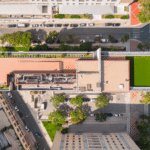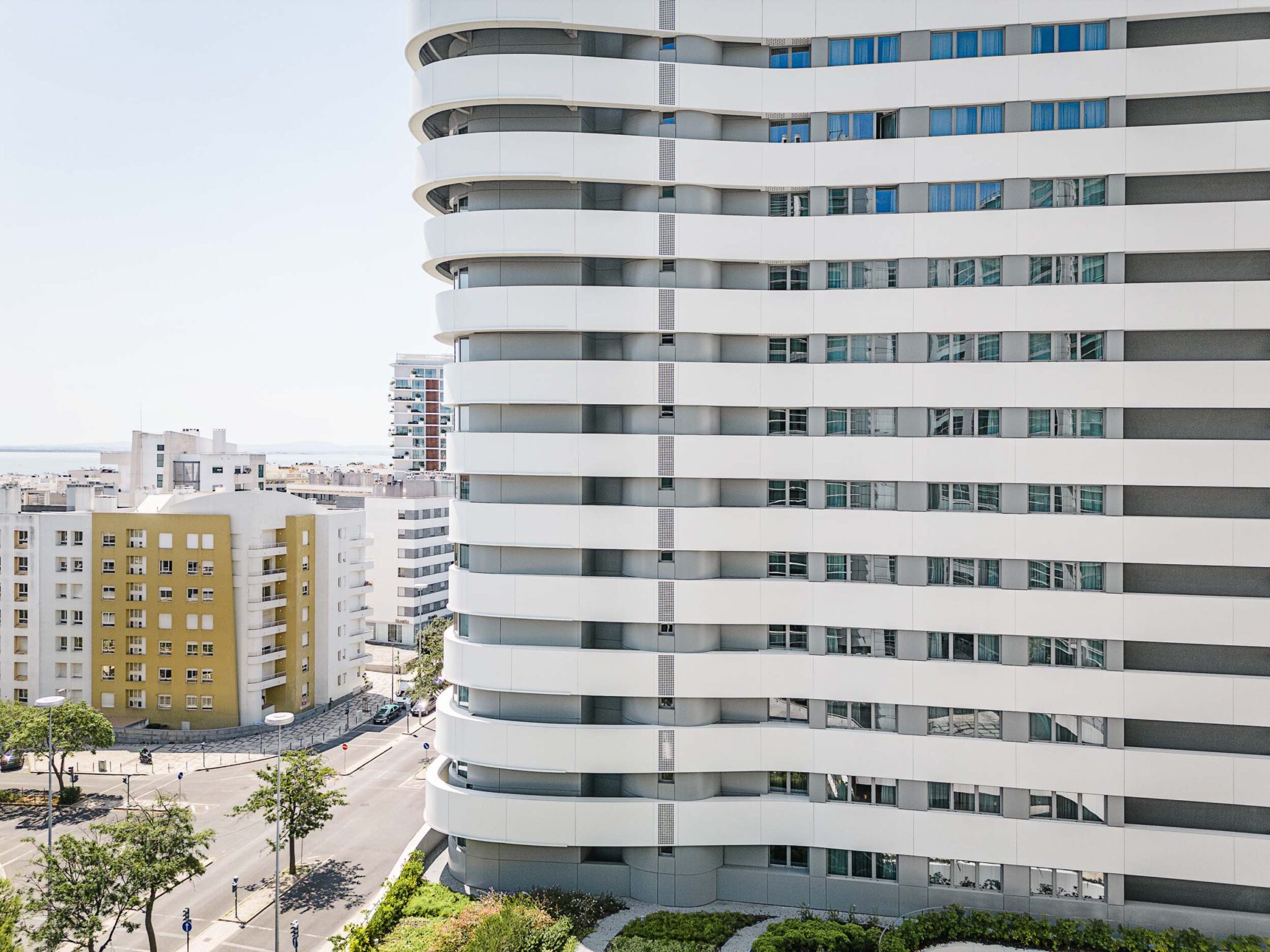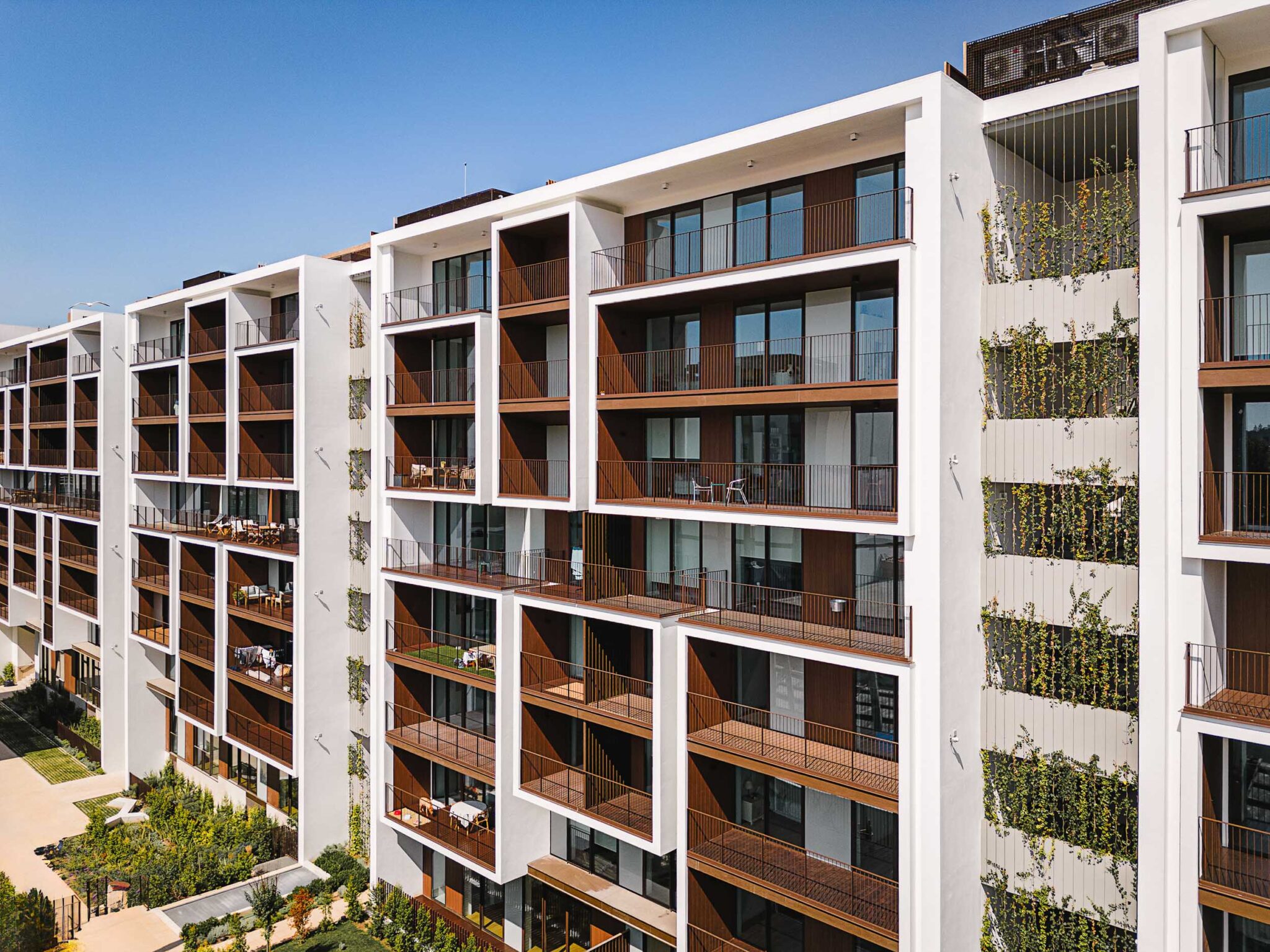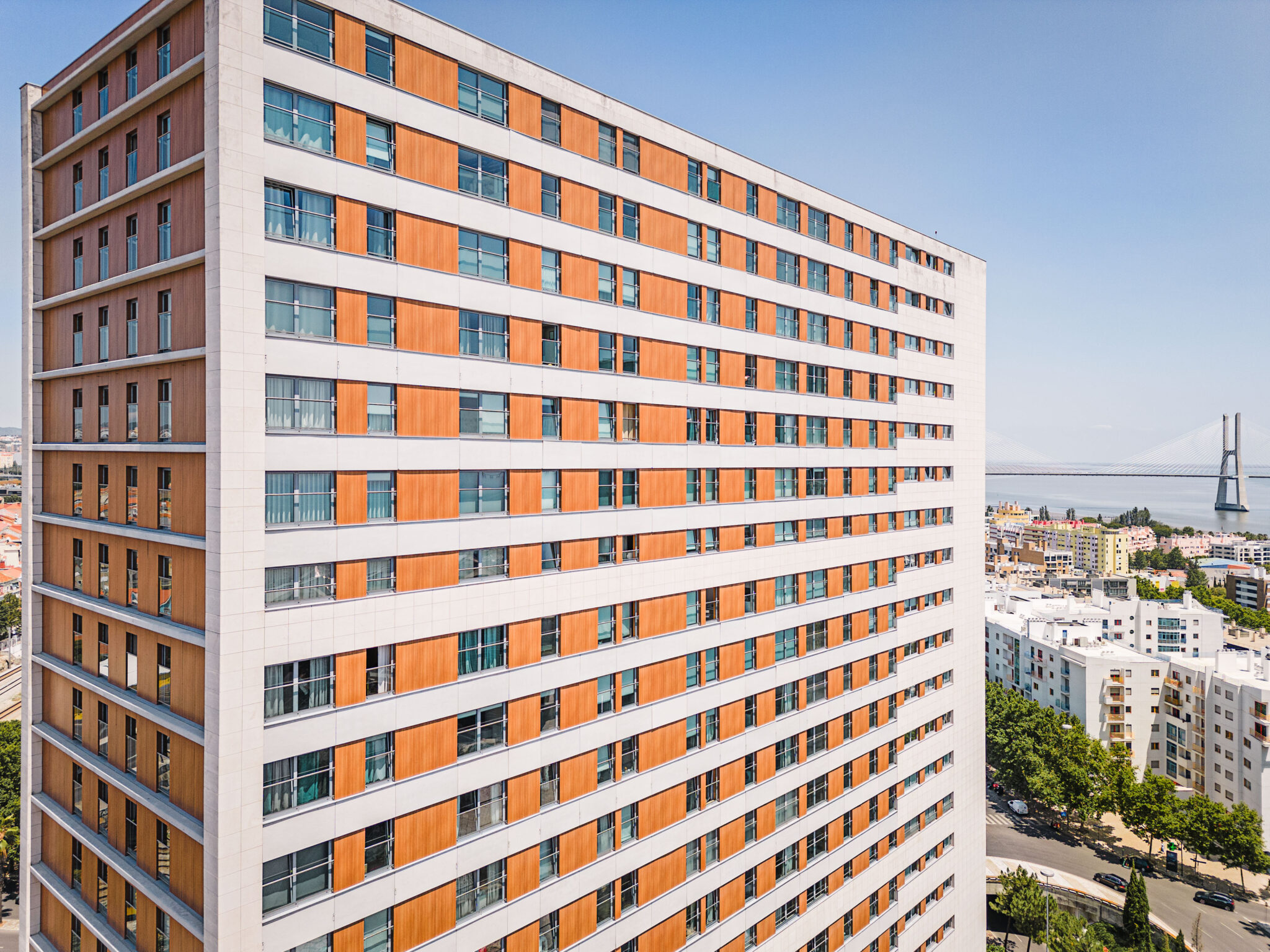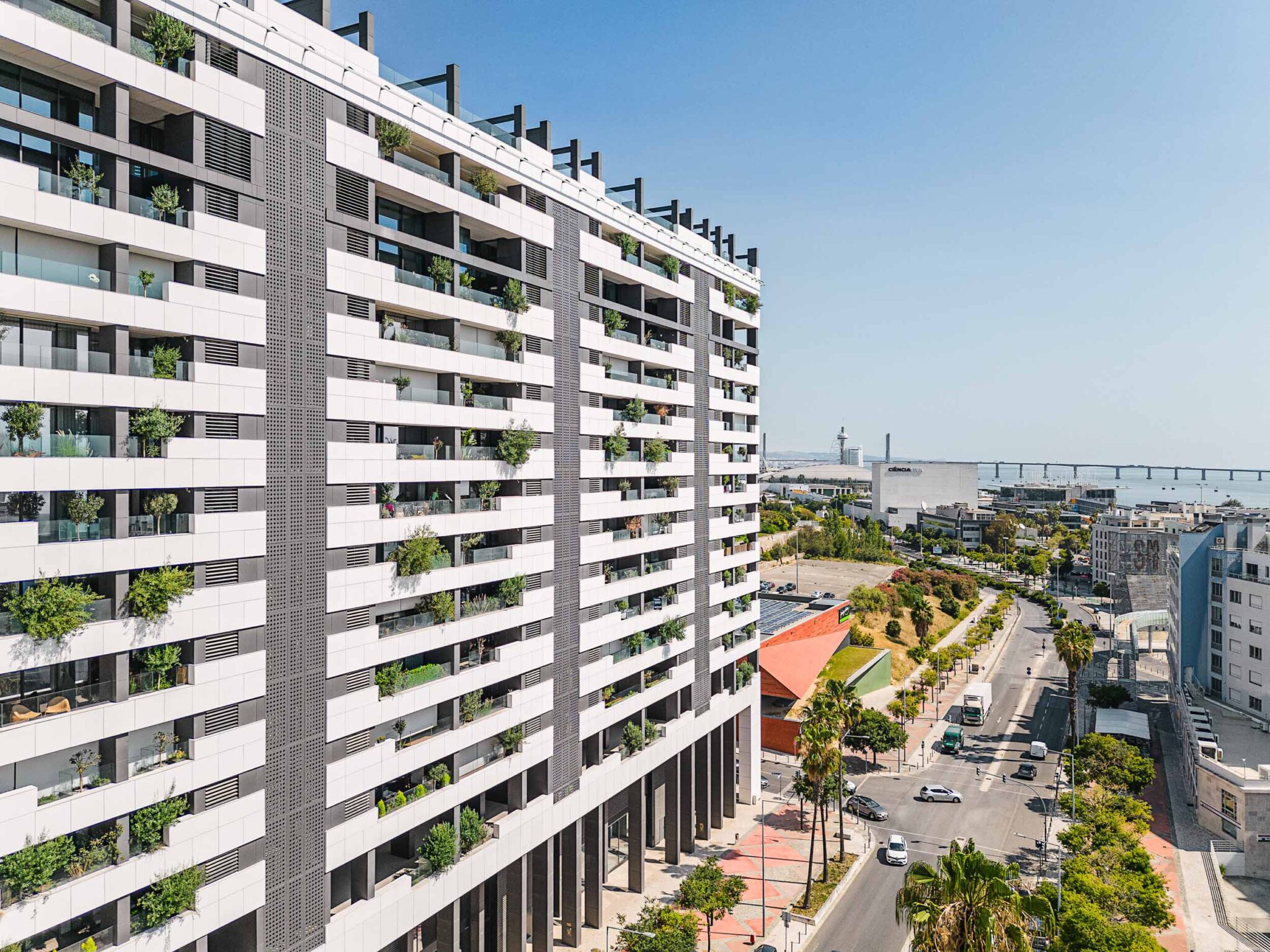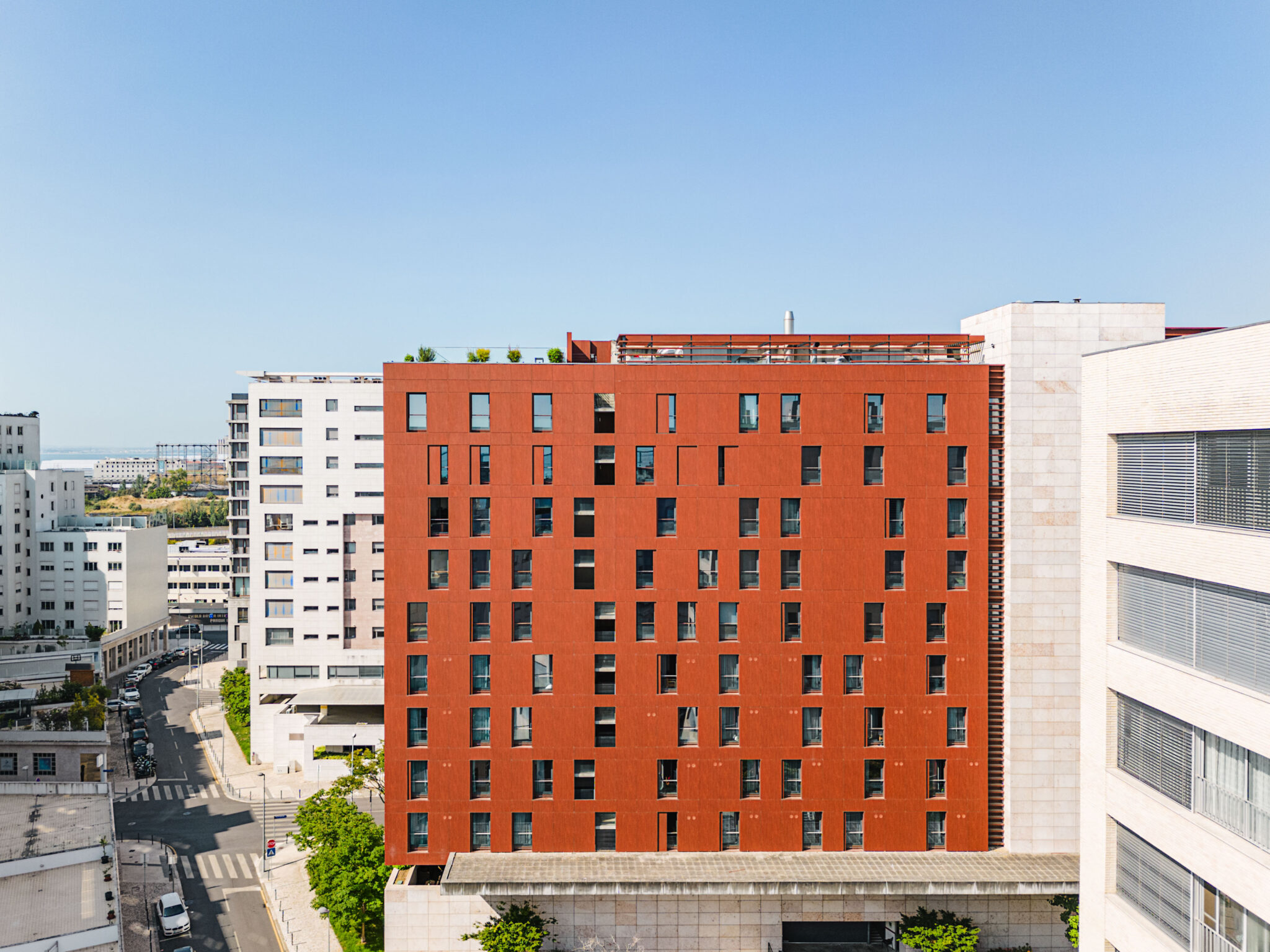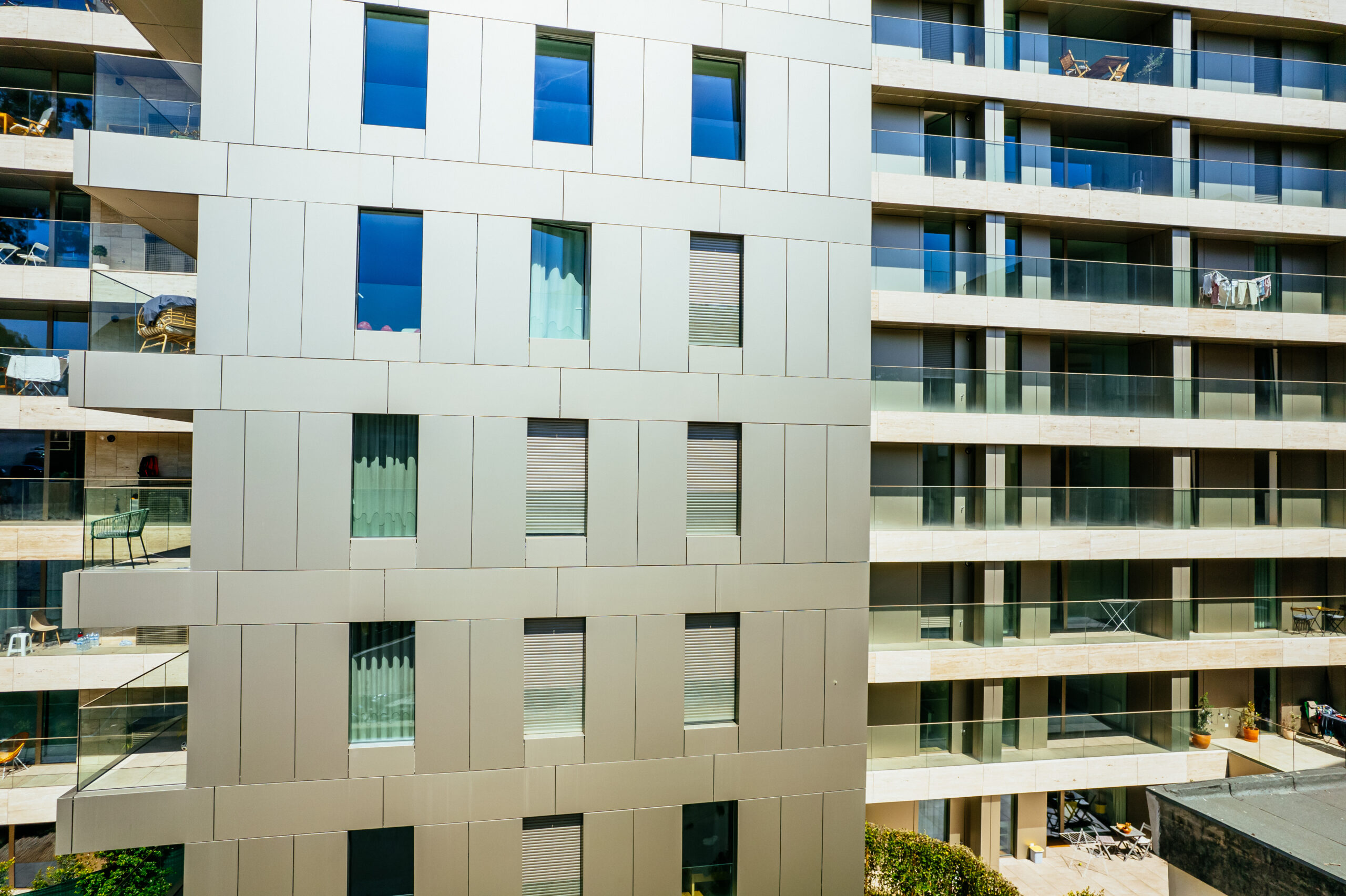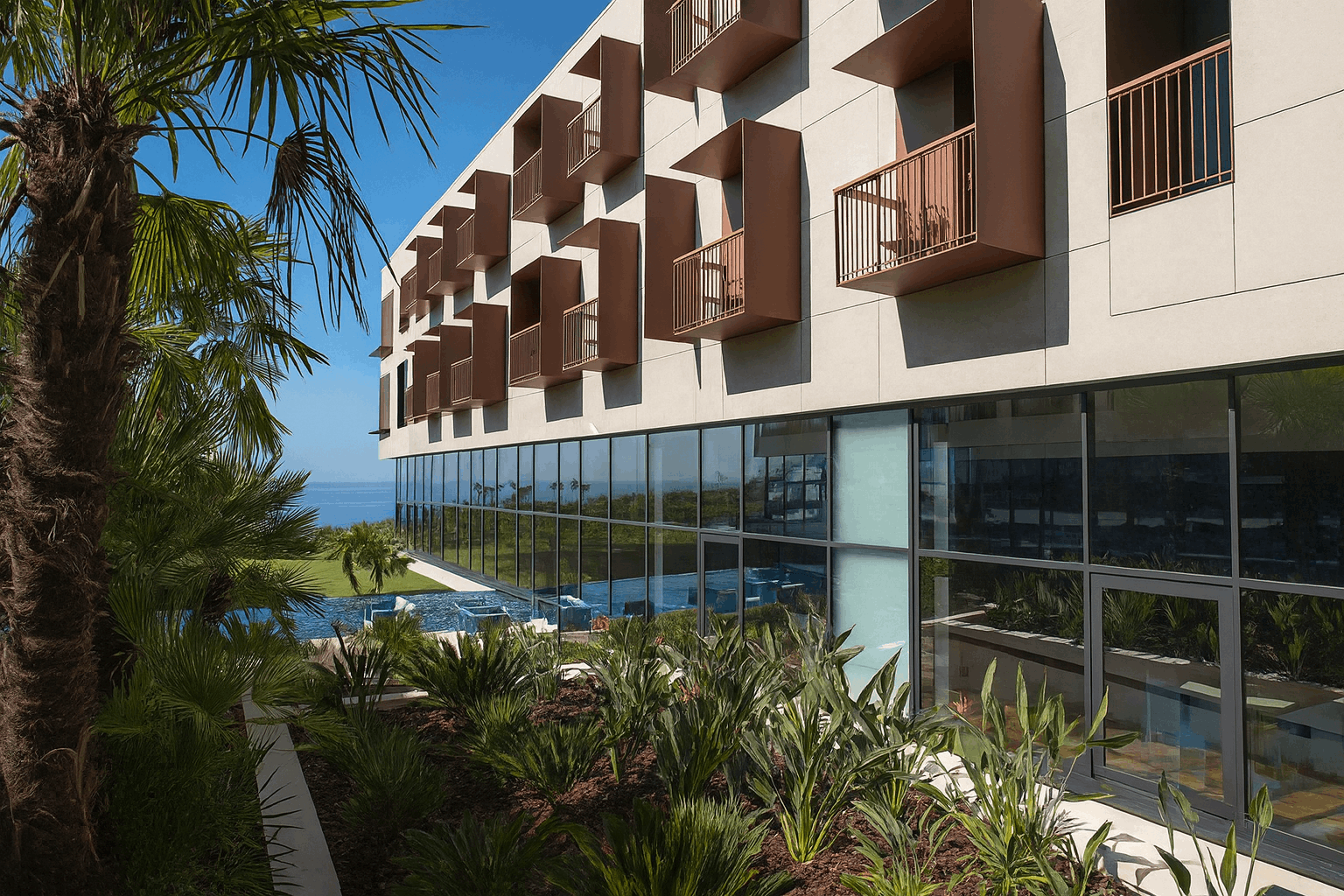
Energy Efficiency
Ventilated facades provide improved soundproofing, creating quieter and more comfortable indoor environments. By reducing external noise, they enhance the quality of life for building occupants, particularly in urban or high-traffic areas.
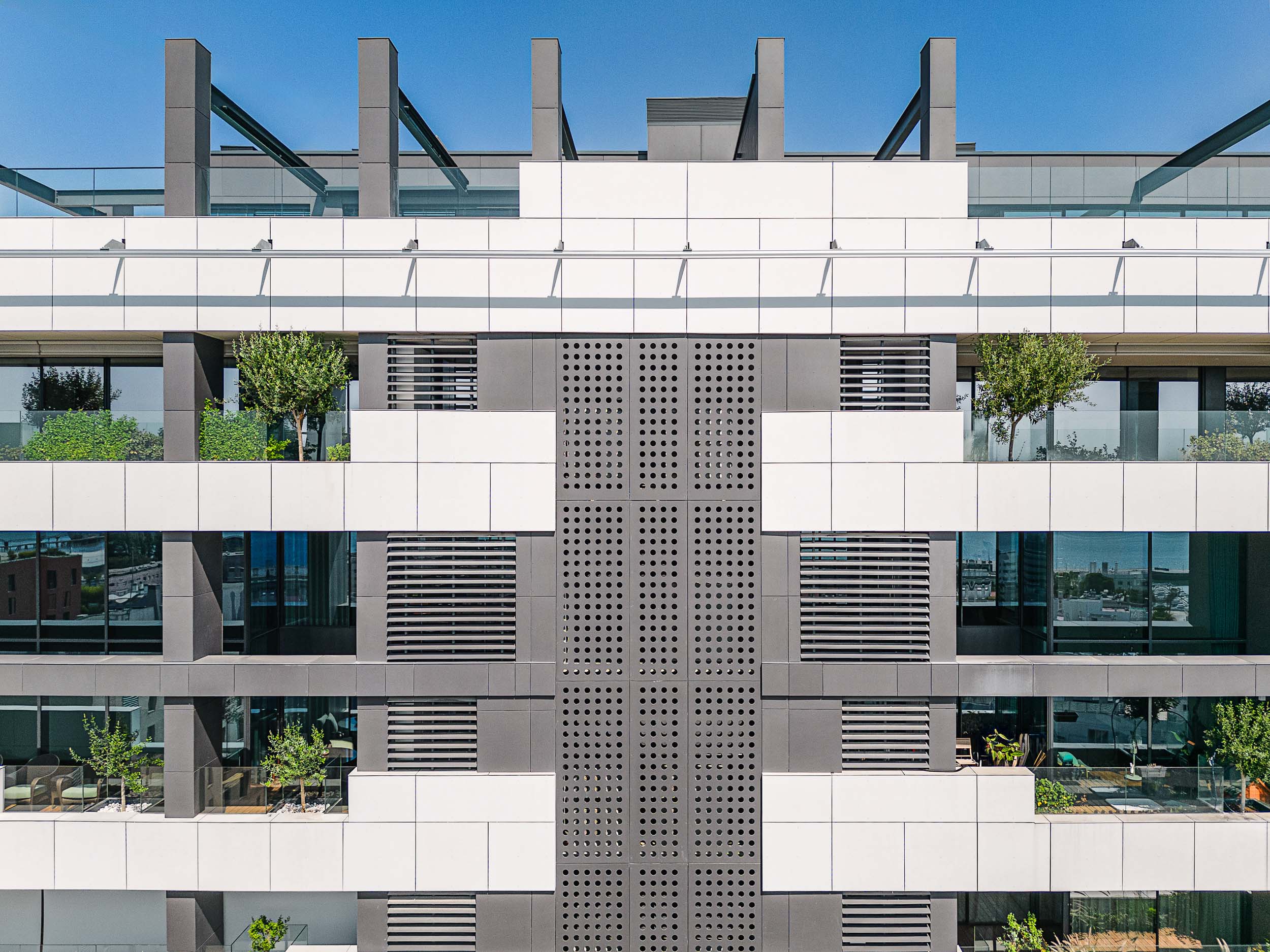
Enhanced Acoustic Insulation
Ventilated facades provide improved soundproofing, creating quieter and more comfortable indoor environments. By reducing external noise, they enhance the quality of life for building occupants, particularly in urban or high-traffic areas.
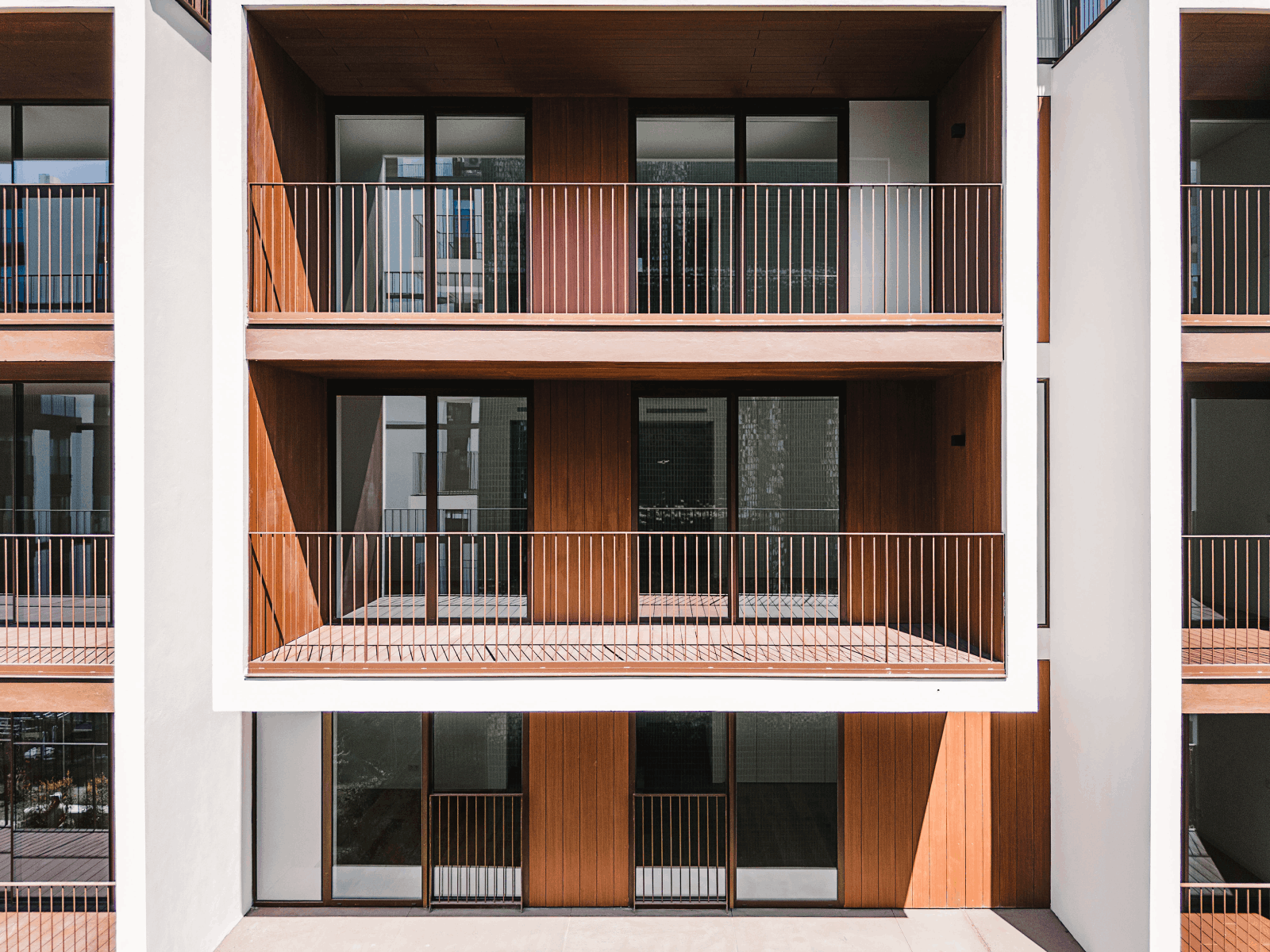
Versatile Aesthetics
The wide variety of materials available for cladding ventilated facades offers a broad range of aesthetic options. This allows for customization of the building’s exterior design, meeting the specific architectural and aesthetic requirements of each project.
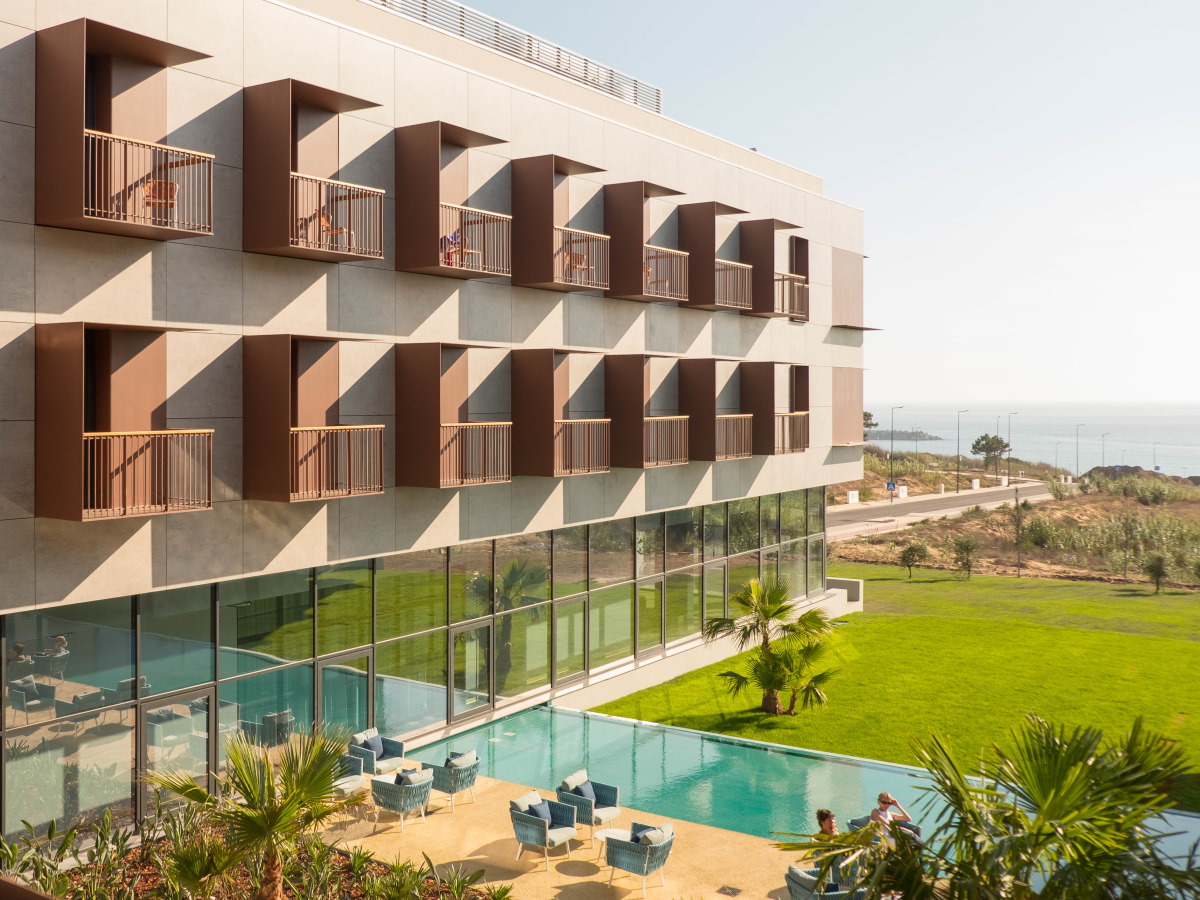
Sustainability
The energy efficiency of ventilated facades contributes to environmental sustainability. Reduced energy consumption leads to lower greenhouse gas emissions, making this construction approach a more eco-friendly choice.
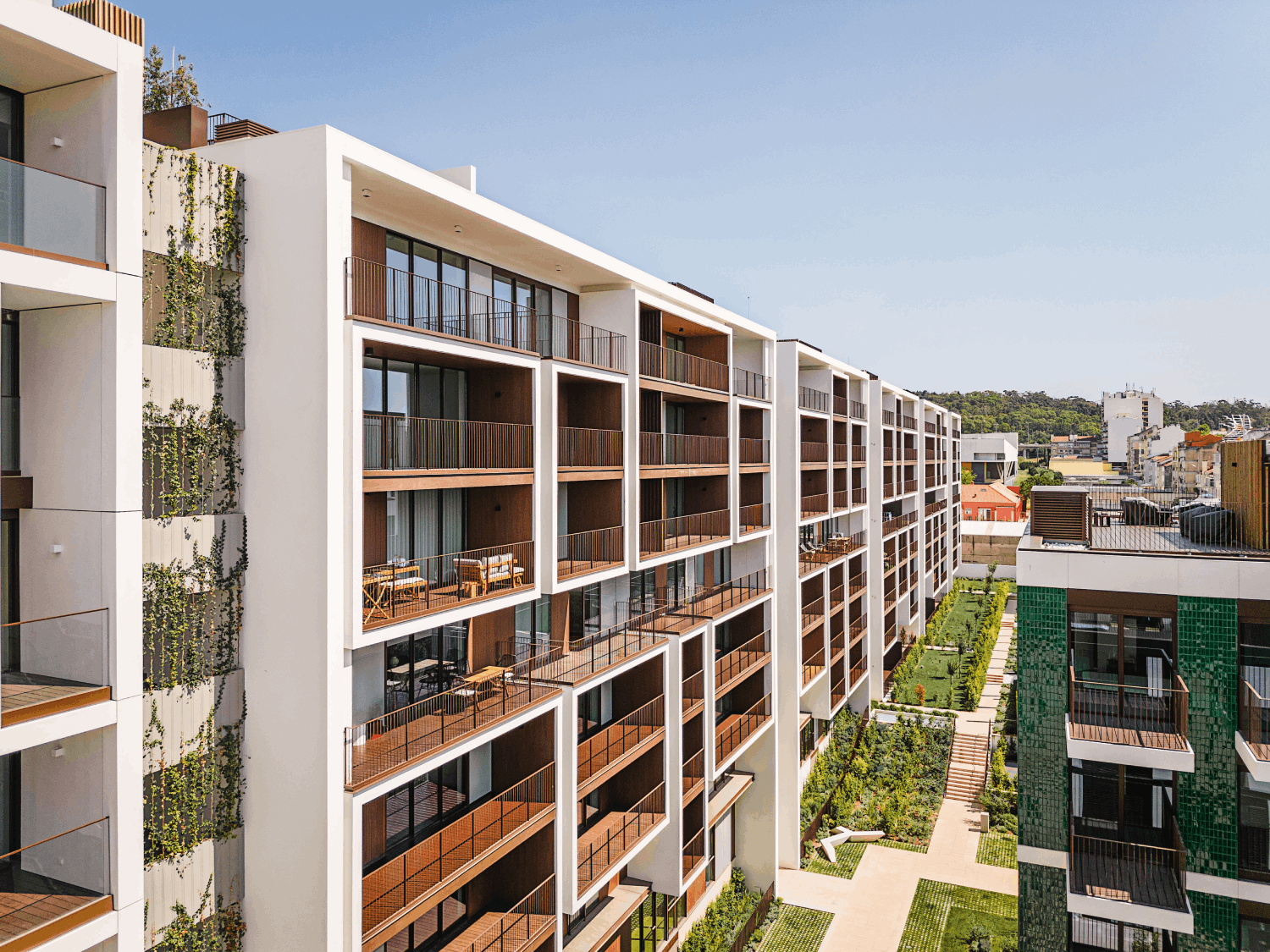
Weather Protection
Ventilated facades act as an additional barrier against weather conditions, protecting the building structure from moisture, strong winds, and other climatic factors. This results in a longer lifespan for the structure while reducing long-term maintenance costs.
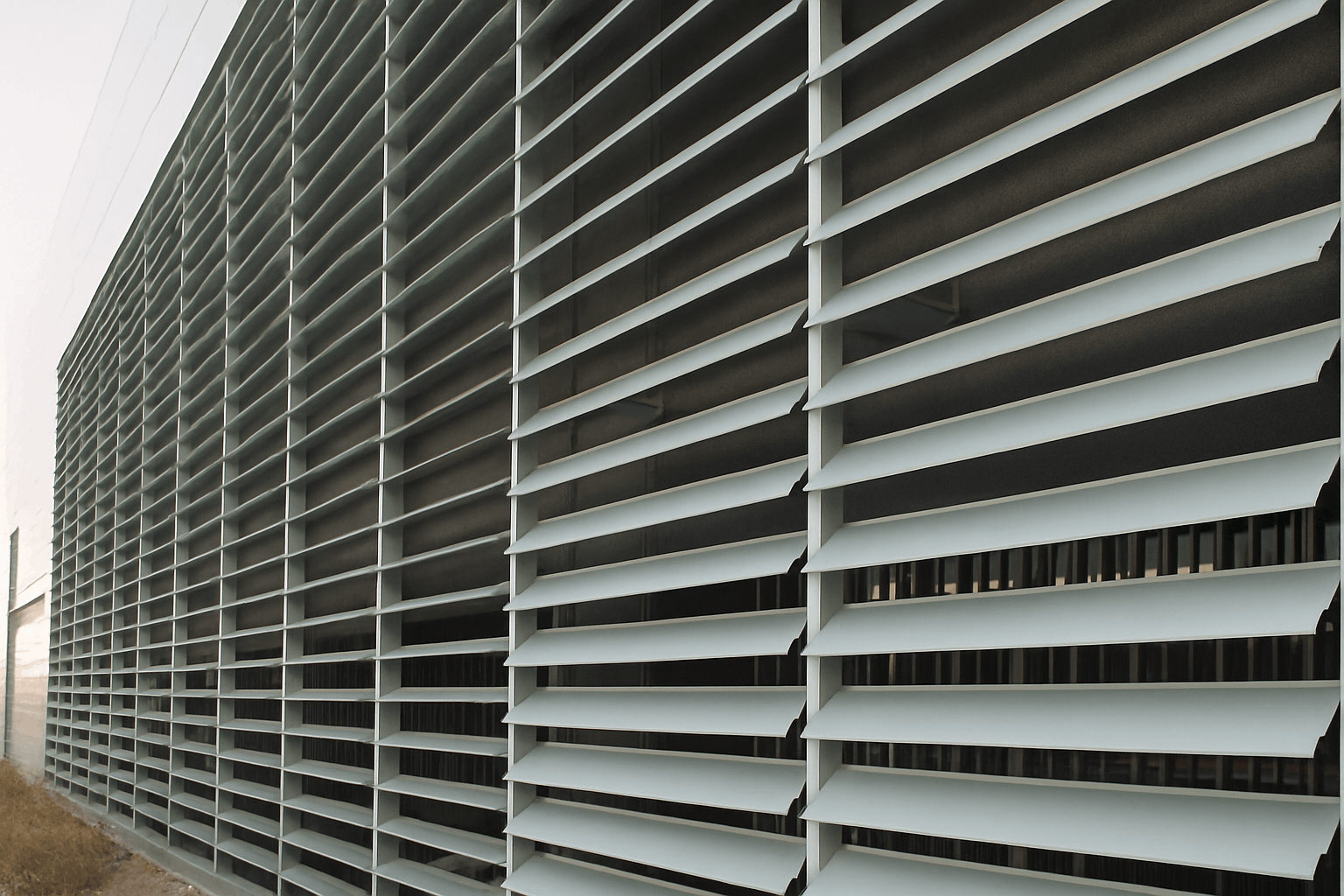
Concealment of technical installations
Ventilated facades allow for the aesthetic integration of technical installations, such as pipes, electrical cables, and equipment, keeping these elements hidden while ensuring they remain accessible for maintenance.
